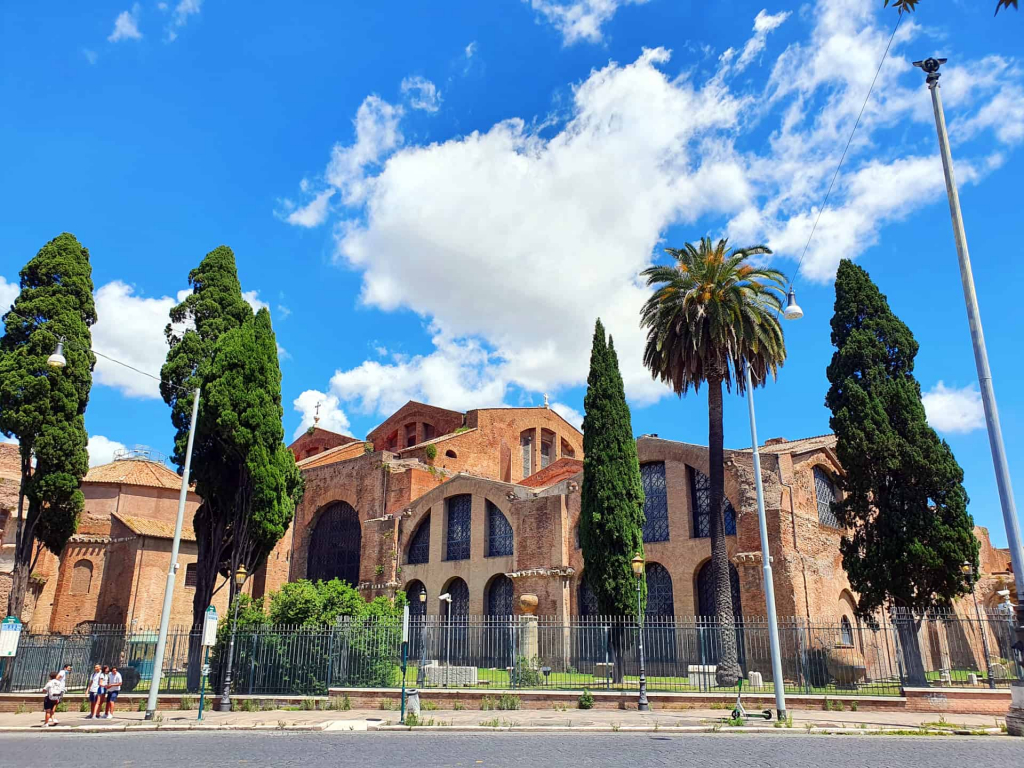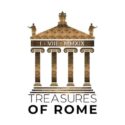
Palazzo Barberini
Welcome to Palazzo Barberini, a magnificent palace located in the heart of Rome, Italy. This stunning architectural masterpiece is an embodiment of art, culture, and history, all blended into one. The palazzo was built in the 17th century by the Barberini family, a prominent Italian noble family, and has since then been a symbol of Italian Baroque architecture.
The palace boasts an impressive collection of art from notable artists such as Caravaggio, Raphael, and Titian, making it a must-visit destination for art lovers from all over the world. The interior of the palace is adorned with beautiful frescoes, tapestries, and sculptures, which are sure to leave you in awe. The palace also houses the Galleria Nazionale d’Arte Antica, which houses a vast collection of Italian art from the 13th to 18th centuries. So if you are looking to immerse yourself in the rich culture and history of Rome, Palazzo Barberini is the perfect place to start.
The palazzo was commissioned by Pope Urban VIII and designed by Carlo Maderno, who was also responsible for the design of St. Peter’s Basilica and the Church of Santa Susanna in Rome. Borromini assisted during the construction. In 1629 Bernini took over the construction supervision. The wings of the palazzo are attributed to Maderno and the facade to Bernini. The order of the columns of the façade was inspired by the Colosseum and passes from Doric to Ionic and finally to Corinthian columns.
Pietro da Cortona was involved in the construction and was responsible for the decoration, especially the frescoes. He also created the ceiling fresco of the great hall, the absolute highlight of Baroque painting, the “Triumph of Divine Providence” also known as the “Triumph of the Barberini”. Showing that the Barberini were one of the most prominent and wealthy families in Rome during the 17th century. They were known for their wealth, power, and patronage of the arts. The family played a significant role in the development of Italian Baroque art, commissioning many works of art from notable artists of the time.
The palace served as the residence of the Barberini family for many years. In 1949, the palace was acquired by the Italian government and was opened to the public as a museum in 1953. Today, Palazzo Barberini is one of the most visited museums in Rome, attracting thousands of visitors every year. Today it houses the Galleria Nazionale d’Arte Antica and is one of the most important museums in the city. Among others, works of art by Raphael “La Fornarina”, Caravaggio “Judith Beheading Holofernes”, El Greco “Baptism of Christ”, Perugino “San Filippo Benizi”, Tintoretto “Christ and the Adulteress”, Peter Paul Rubens “Saint Sebastian” and Bernini “Bust of Pope Urban VIII” are exhibited.
In conclusion, Palazzo Barberini is a must-visit destination for anyone interested in art, culture, and history. The palace is a stunning example of Italian Baroque architecture and houses an impressive collection of art from some of the most notable artists of the time. The gallery is divided into different rooms, each displaying a different collection of art. Whether you are a seasoned art lover or a casual visitor, Palazzo Barberini is sure to leave you in awe. So, if you are planning a trip to Rome, make sure to add Palazzo Barberini to your itinerary.

Palazzo Barberini (Rome)

Skip-the-Line tickets for the Palazzo Barberini
Opening hours:
Tuesday – Sunday: 10:00 – 18:00
Buy your tickets here and skip the line!



Treasures of Rome – Rome Guided Tours
Roberto Alois Lautenschlager Kung
[email protected]
Partita IVA: 17002181000
“ROMA AETERNA EST”
Rome is eternal – (Albius Tibullus)




